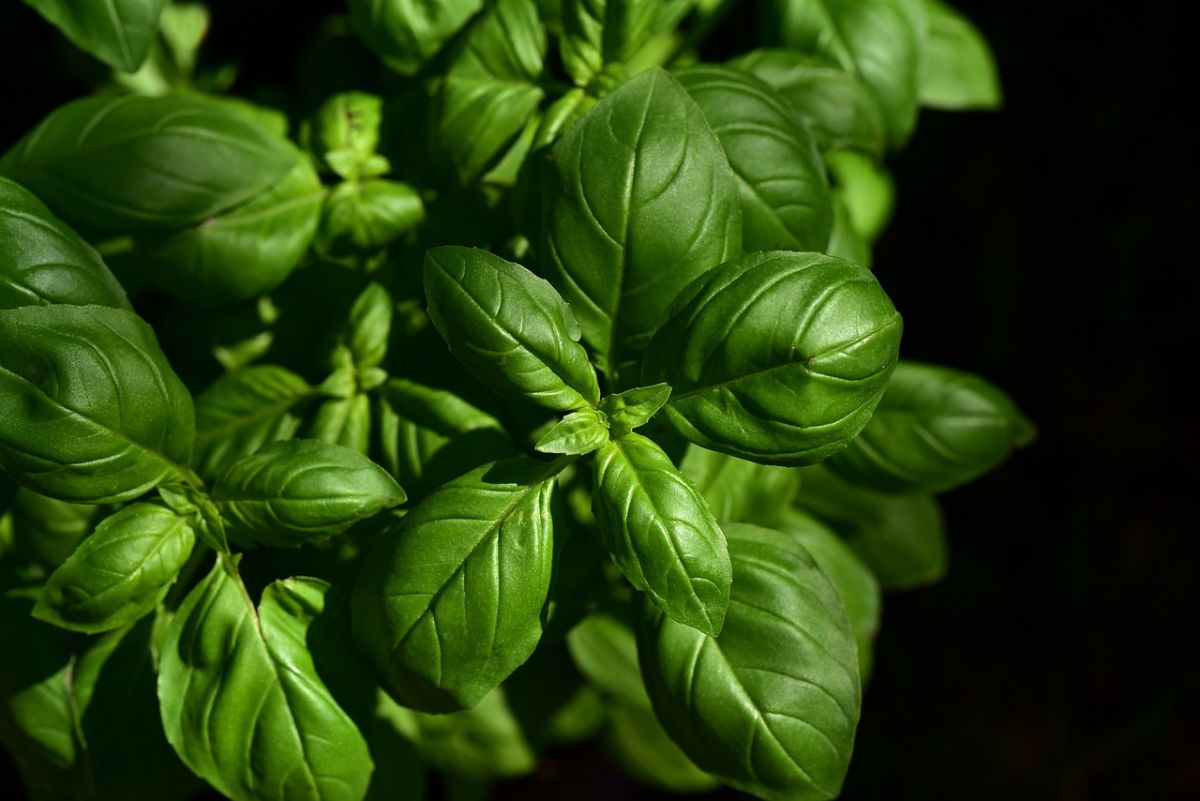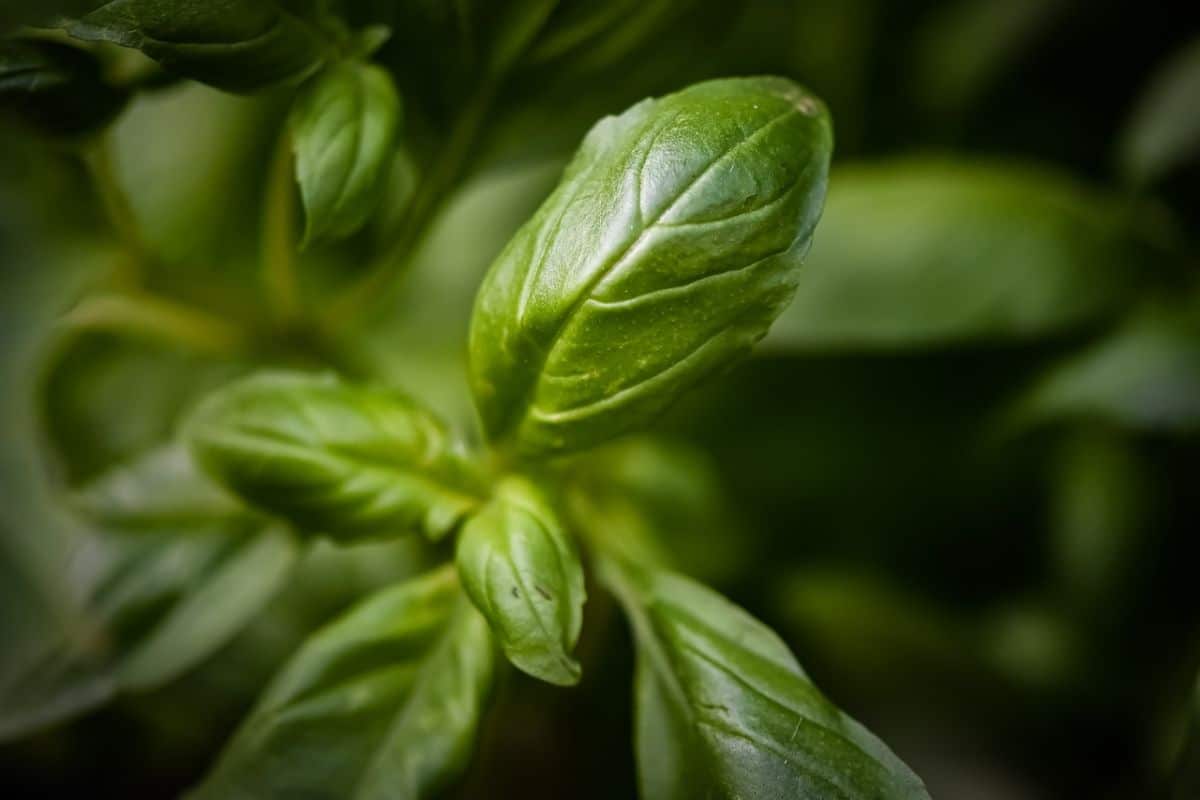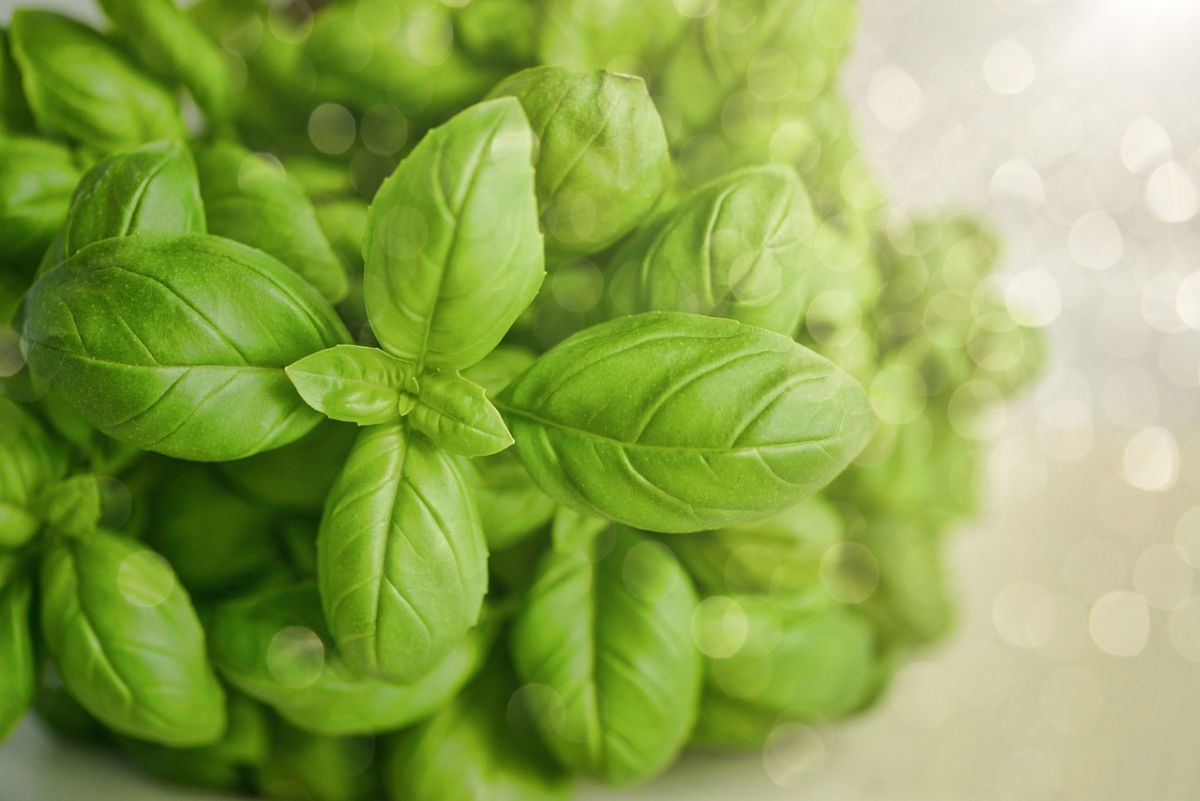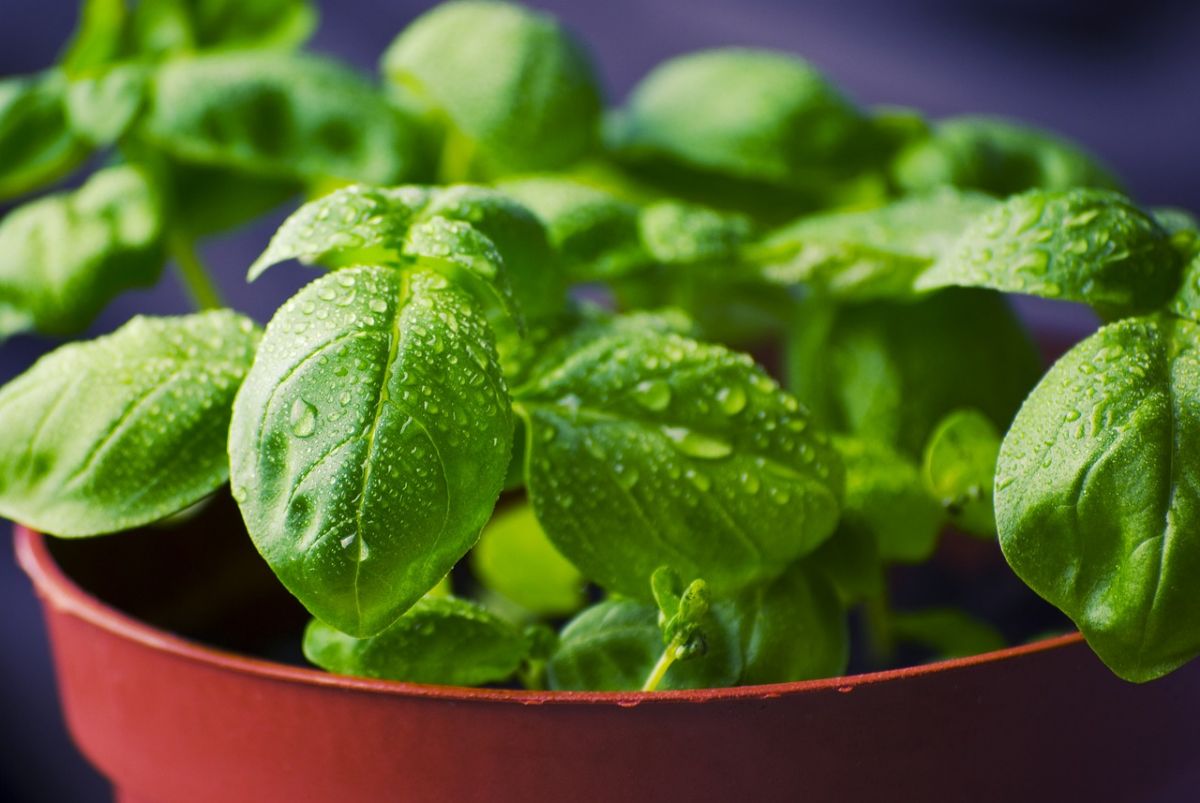
If you have been lucky and the basil you bought this summer has continued to grow, surely now you are looking for information on how to transplant basil to another larger pot.
Or it may be that you have bought one and the roots come out profusely from below. Either way, How about we help you do this task so that your plant continues to grow and develop healthy?
When to transplant basil

You should know that the best time to transplant basil is in spring, but also it is convenient that you do it first thing in the morning, before the sun begins to beat down. Also, that first day it is convenient that you leave it in the shade so that, the next day, you put it in semi-shade.
But what if shopping at another time of year basil and you see that it needs an urgent change? In this case, although it is not recommended, it must be done. But It is recommended not to touch the plant as much as possible. In other words, it must be removed from the small pot and placed in a larger one as it is, without removing the soil. This way the transplant supposes the minimum stress for the plant and you manage so that it lasts until you can do it well.
If what you have are seedlings that have germinated this spring, the transplant is done approximately 15 days later. If you see that they continue to grow and that they reach 8-10 centimeters, in addition to having little leaves, the plant is already telling you that it is time to change them. But be careful with the roots because it is very delicate in this area and if it is not done correctly the entire plant could suffer.
What is the best pot for basil
In general, basil can fully develop in pots that are between 20 and 30 centimeters tall. This means that it can be both a pot and a planter as long as it has that height (which is ideal for the plant because of the depth it gives it).
If they are smaller, the plant will not grow as much or it may have difficulties to develop and maintain its health.
The steps you must take to transplant basil

Basil, like many other plants, is somewhat delicate when transplanting. That is why it is recommended to do it at the right time and as little as possible, to avoid getting too stressed.
In addition, To do it as quickly as possible, it is convenient to have everything ready. But what is needed? What are the steps? We discuss them below.
Prepare the soil for the transplant
Basil is a plant that needs a soil that drains well, but at the same time allows it to be moist as long as possible.
Therefore, we recommend that you choose one that is very rich in nutrients and with a lot of drainage to avoid waterlogging and to keep it moist and nourished.
A prepared compost or soil with lots of organic matter would be the best examples for this plant. Always applying a proportion of 2 parts of soil for one part of drainage such as vermiculite (if the basil is small) or perlite (if it is larger).
Prepare the pot
Make sure the pot has drainage holes. They are very important for this plant because, although it likes water, if you water it too much and it has nowhere to release excess water, you will be drowning it.
Try to have the appropriate measurements for the basil you have. And it is that if you have a pot of 8-10 centimeters you can not put it directly in one of 30 or more, because that will destabilize the plant (it can stop its growth). It is better to put it in an intermediate until it outgrows it and then change it again.
do the transplant
With the pot, the soil and, obviously, the basil, you only have to wait a day first thing in the morning to do it.
Begins first filling the new pot with a little soil so that later you only have to take the basil out of its pot, shake off the soil it has a little (there are some who prefer to do it with moist soil to help separate it, others with drier soil).
You may have trouble getting it out. This may be because the soil has been compacted a lot or because it has so many roots that it cannot come out well. In these cases you can use a fork to help you remove it without damaging the roots of the plant (which, as we tell you, are very delicate and if you break them it can completely damage the plant). So take all the time you need to remove it very carefully.
Finally, you just have to place it in the new pot and cover with soil. Now water a little to soak the new soil and it will be ready.
It's recommended that that day do not go out in the sun until you adapt to your new home, at least for 24 hours; then you can go placing it in semi-shade until it returns to its usual place.

Give him the care he needs
Finally, you have to make sure that you give it the care that your basil needs. We leave them here as a summary so that you can verify if you do it correctly:
- A semi-shade lighting. If you put it in direct sunlight, its leaves may burn quickly, especially if you live in an area where the sun is very intense.
- control the temperature, that it does not go below 10 degrees (because it slows down). The same thing happens if it exceeds 35 degrees Celsius (that's the reason why it doesn't seem to grow in summer).
- abundant watering. Of course, try to find the right dose because if you go too far you can cause problems at the roots.
- Surveillance of plagues and diseases. As for the latter, the main ones are, above all, with irrigation, lighting and temperature. The pests that affect basil the most are leaf miners (they are yellow flies with black spots), green caterpillars, red or yellow spider mites, aphids, and thrips.
As you can see, transplanting basil is quite easy, especially if you follow those keys that will prevent it from getting sick and have the chance to continue growing as it did up to that moment. Do you dare to do it in your garden if you have basil?